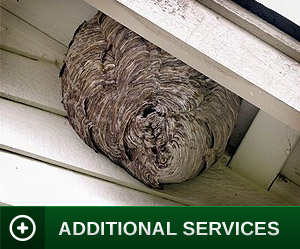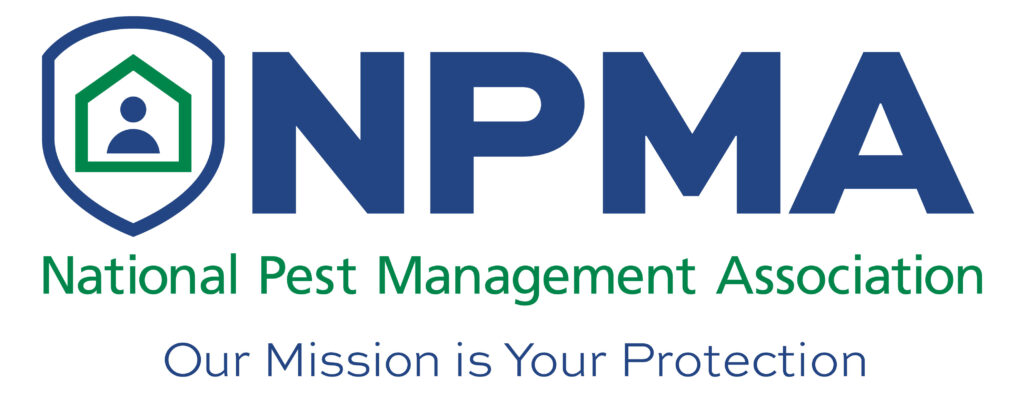You can certainly lose your appetite fast when you find little worms or tiny bugs in the flour. The incidence of “cereal or pantry pests” has greatly increased in the last five years. This fact sheet will help you control and prevent these scavengers from infesting your food and your home.
Where do they come from?
Pantry pests may fly into your house from the outside or more likely they are brought in on grain based products, pet food, and bird seed purchased at grocery, natural food, or feed stores.
What is their growth and development
All of the pantry pests have four life stages: egg, larva, pupa, and adult. They prefer warm and humid conditions. They cannot live very long at very low temperatures or very high temperatures. The larva and adult stages may be noticeable in food products.
What kind of products do they infest?
These pests infest flour, dry pet food, peas, dried vegetables, grain, milled cereal, bran, nuts, macaroni, spaghetti, spices, dried flowers, etc.
What are the common pests?
There are four groups of common pantry pests. They are classified as follows:
1. External Feeders: feed from the outside of the grain
Drugstore Beetle & Cigarette Beetle: Usually feeds on cereals, dry dog food, spices, powdered milk, rice, seeds, grains
Indian Meal Moth (larva & adult): Usually feeds on stored grains, milled cereals, corn meal, dried fruits, bird seed, nuts, dried flowers
2. Internal Feeders: larva feed entirely within the kernel of the whole grain
Rice Weevil, Granary Weevil, Pea/Bean Weevil, Angoumois Grain Moth: Usually feeds on Whole kernels of oats, wheat, rice, barley, ans peas, beans, and bird seed
3. Scavengers: Feed only on grain after the seed coat has been broken either by milling or by some other insect.
Sawtoothed Grain Beetle, Red Flour Beetle, Confused Flour Beetle: Usually feeds on cereals, cornmeal, flour, macaroni, oats, dry pet food, “shake and bake” coating mixes, spices, etc.
Mediterranean Flour Moth: Usually feeds on flour, nuts, chocolate, beans, dried fruit
4. Secondary Feeders: Feed on material that are damp and have mold growth present
Mealworms: Usually feed on damp and moldy boxes of cake mixes, animal feed, cereals, etc.
How do I prevent a reinfestation?
• When purchasing grain products, examine the package for damage or tears and look for the expiration date to ensure freshness.
• Do not overbuy and overstock grain products such as rice, pasta, noodles, pet food, bird seed, etc.
• Store grains you plan to keep for a long time in the refrigerator or freezer.
• Transfer broken packages to containers with tight fitting lids.
• Inspect bags of dry pet food and bird seed for signs of infestation. Do not keep bird seed or other whole grain products in your basement or attached garage for any length of time.
• Always use older packages first.
• Keep storage areas dry and well ventilated to discourage moisture loving pests.
What if I keep seeing the adult moths?
The adult moths may persist for a week or two after the treatment. This results when larva have crawled into inaccessible areas and begin to hatch out. If the appearance of the adult moths persist beyond two weeks, there may be some other undiscovered source of infestation. Continue the search. Pheromone traps may help identify the source of the problem and will continue to capture the adult moths.





